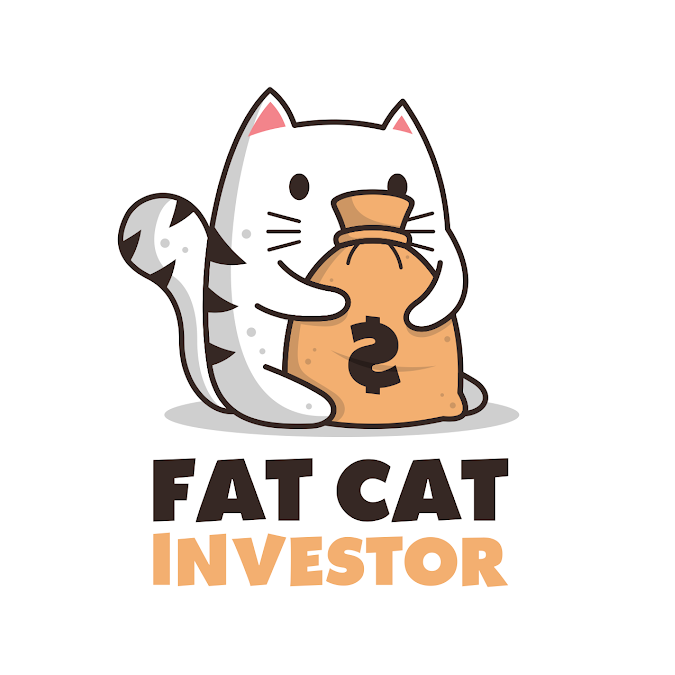
Fat_Cat
Fat Cats & Starving Dogs.
IP属地:未知
7关注
3粉丝
0主题
0勋章
[Strong] [Strong] [Strong]
抱歉,原内容已删除
[Strong] [Strong] [Strong]
抱歉,原内容已删除
[Thinking] [Thinking] [Thinking]
抱歉,原内容已删除
[Thinking] [Thinking] [Thinking]
Why U.S. stocks face a tough decade ahead even if corporate revenues are strong
[Thinking] [Thinking] [Thinking]
抱歉,原内容已删除
Recovery is good
The global recovery is running red hot. Here's proof
Sounds like merger
Singapore's Keppel, Sembcorp Marine request trading halts
[Thinking] [Thinking] [Thinking]
抱歉,原内容已删除
[Thinking] [Thinking] [Thinking]
The ‘shelter in suburbia’ trade is about to reverse — and these stocks will suffer
[Happy] [Strong]
抱歉,原内容已删除
[Strong]
Powell Just Launched $2 Trillion In "Heat-Seeking Missiles": Zoltan Explains How The Fed Started The Next Repo Crisis
[Miser] [Strong]
抱歉,原内容已删除
[Surprised] [Surprised] [Surprised]
抱歉,原内容已删除
[Strong] [Strong] [Strong]
抱歉,原内容已删除
[Strong] [Strong]
抱歉,原内容已删除
They have the funds to pivot/upgrade operations but definitely not worth the current price point.
抱歉,原内容已删除
[Thinking] hmm
抱歉,原内容已删除
[Thinking] hmm
抱歉,原内容已删除
[Strong] [Strong] [Strong]
抱歉,原内容已删除
[Thinking] [Thinking] [Thinking]
BlackBerry Holders Defy Glass Lewis, Gardner to Back Watsa
去老虎APP查看更多动态